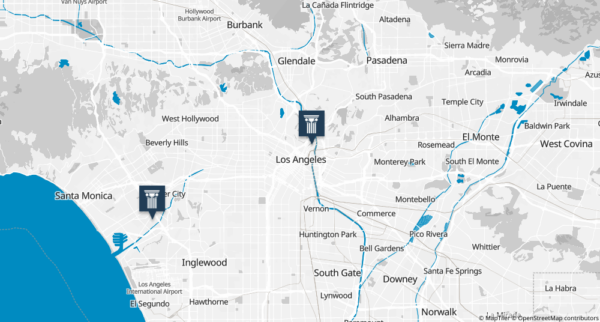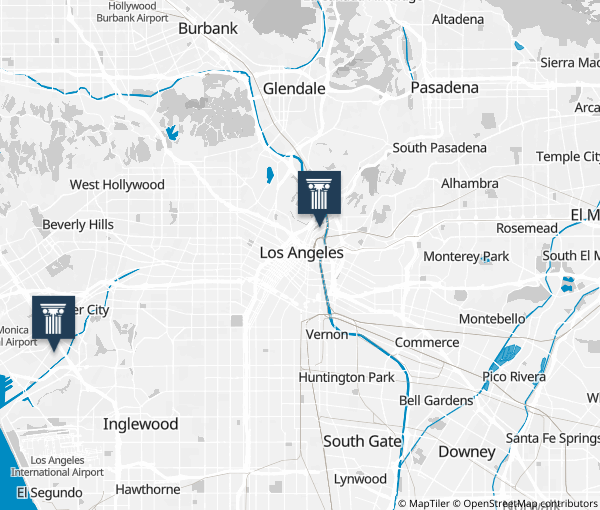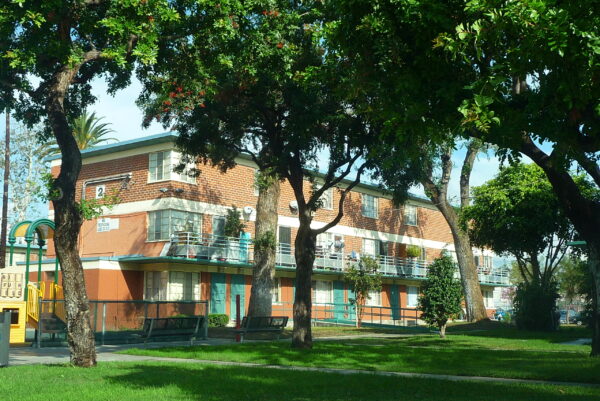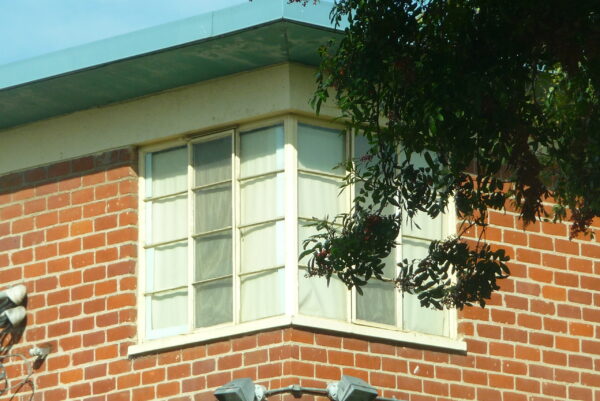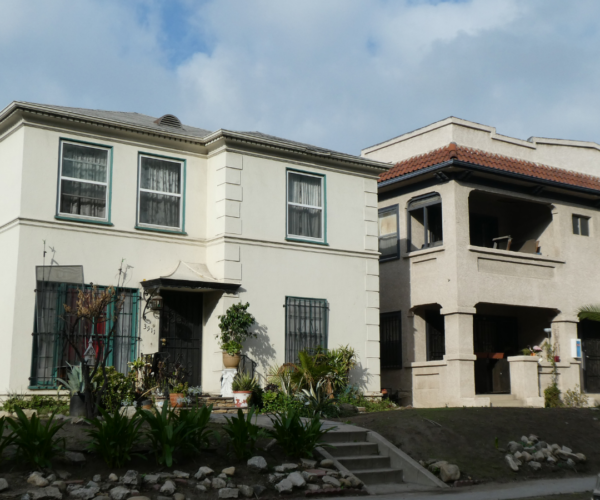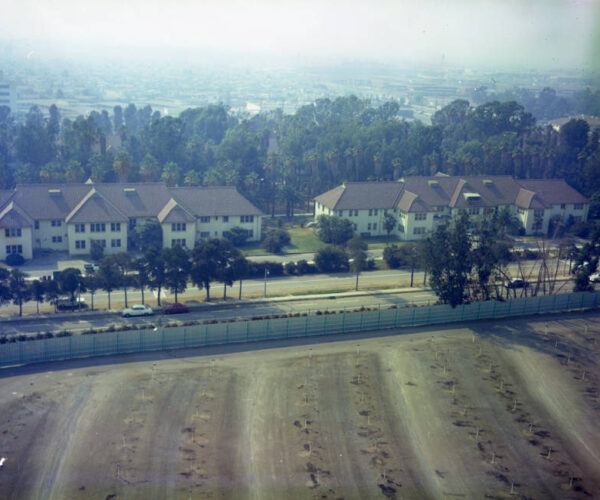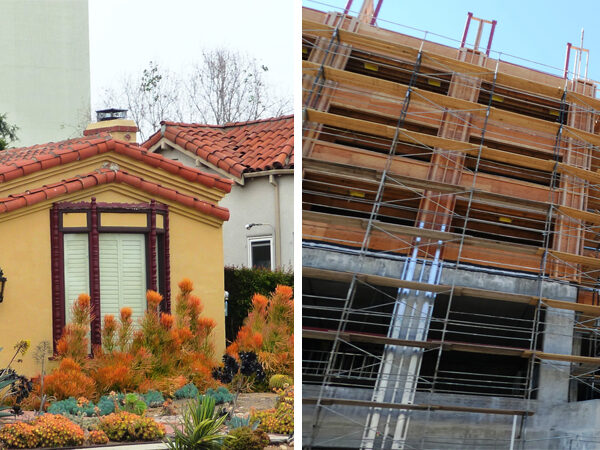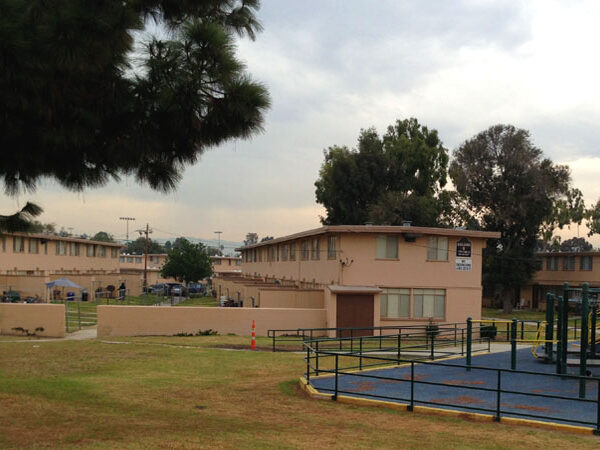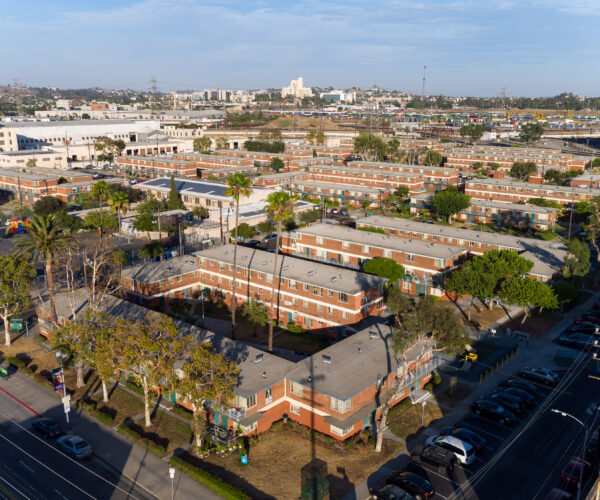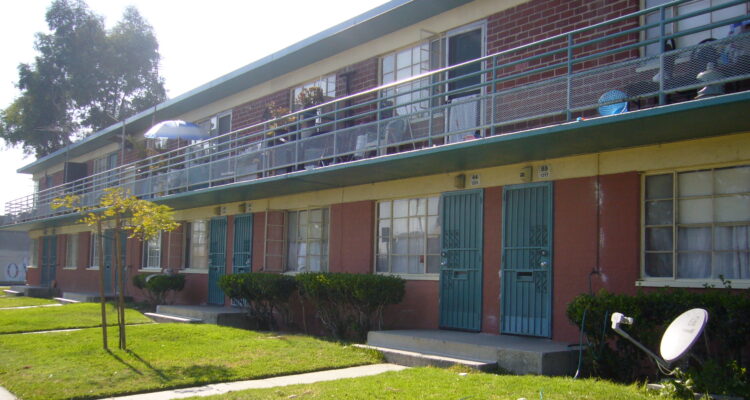
Lost
Windows in Publicly Owned Garden Apartments
A proposed large-scale window replacement project threatens to irreversibly alter two historic garden apartments.
Lost
Historic places that have been demolished or irreparably altered.
Issue Details
Development Approval Process
Overview
The Greater Los Angeles area boasts one of the largest concentrations of garden apartments in the nation, with more than forty examples. From the late 1930s through the mid-1950s, the Housing Authority of the City of Los Angeles (HACLA) embraced these low-density, park-like communities as paradigms of quality public housing.
Despite their significance, threats to garden apartments remain a growing concern, from demolition to irreversible alterations. The Conservancy estimates that fifteen publicly owned garden apartment developments have already been demolished, and others are threatened with incompatible alterations.
Garden apartments were designed to put the needs of their inhabitants first. Once lost, it is unlikely that such large scale, open-air developments would ever be built again.
In recent years, HACLA has proposed undertaking a full-scale window replacement project at two of its historic garden apartments – William Mead Homes (1942) and Mar Vista Gardens (1954).
Both properties have been determined eligible for listing in the National Register of Historic Places as rare, intact examples of publicly owned garden apartment developments in Los Angeles.
About This Issue
Together, the City and County Housing Authorities of Los Angeles spearheaded the creation of dozens of garden apartment communities in the Los Angeles region after their independent formations in 1938.
Modern complexes were constructed on multi-acre sites in “superblock” arrangements, and nearly all had a community building, recreational facilities, laundry rooms and drying yards, and, in some cases, adjacent educational and child care facilities. These safe, open-air communities stood in stark contrast to the substandard housing conditions of the Great Depression.
In many cases, broad horizontal windows are among the primary character-defining features of historic garden apartments. Though simple in design, these windows facilitated the spirit of indoor/outdoor living, giving residents access to fresh air and landscaped views.
The steel-frame casement windows at William Mead Homes and Mar Vista Gardens are no exception. Despite their importance, the windows today are largely in poor condition as a result of exposure and deferred or inadequate maintenance.
HACLA’s proposals removed the original windows and installed new ones with a different design and composed of different materials.
Because the project involves federal funding, it underwent review to ensure that it abides by national preservation law (Section 106 of the National Historic Preservation Act).
Our Position
The Conservancy is deeply concerned about the adverse effects of the window-replacement project had on two National Register-eligible garden apartment communities.
We believe that the vinyl Milgard replacement windows are inferior in quality and design to the historic steel-frame casement windows and have been working with residents to advocate for an alternative repair and rehabilitation project that is sensitive to the character and quality of the original windows.
The Conservancy’s involvement with residents of William Mead Homes on preservation issues dates back several years.
Based on our experience with other projects and standard protocols for repairing and retrofitting steel-frame casement windows, we are confident that this method is the most cost-effective and sustainable long-term.
Two recent projects at Lincoln Place (1950) in Venice and Chase Knolls (1949) in Sherman Oaks illustrate the success of a rehabilitation approach. Each retains important character-defining elements, including their original windows.
More than 5,000 original wood windows were repaired at Lincoln Place, and all of the steel-frame casement windows at Chase Knolls remain intact and were recently repainted.
In both of these examples, garden apartments continue to provide a high quality of life for the residents. Sensitive rehabiliatation projects often result in residents’ needs being met in a more efficient and forward-thinking manner, and we believe the same scenario can be accomplished for William Mead Homes and Mar Vista Gardens.
How You Can Help
Sign up for our Garden Apartment Network mailing list to stay informed on all things garden apartment!
The L.A. Garden Apartment Network was formed by the Los Angeles Conservancy to provide resources and opportunities for owners and residents of historic garden apartments.
The Network is intended as a means of building greater understanding and appreciation of garden apartments, where strong, thriving communities have been fostered throughout Greater Los Angeles, in part, because of the design of these built environments.
